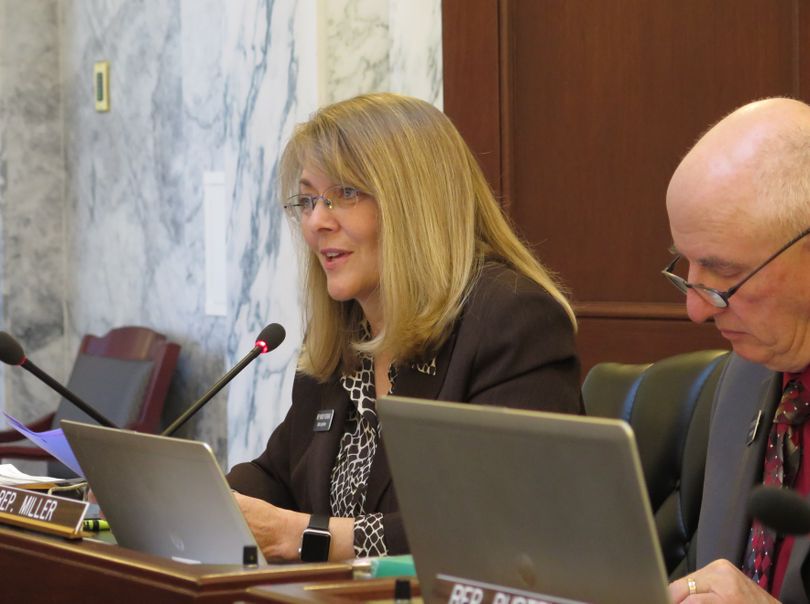Lawmakers set higher ed budget with 3% increase, above Otter’s 2.3% recommendation

The budget for Idaho’s four-year colleges and universities for next year was set by JFAC this morning with a 3 percent increase in state general funds for next year, higher than Gov. Butch Otter’s proposal for a 2.3 percent increase; the vote was unanimous, 20-0.
“As everyone here knows, the governor has established a task force for improving higher education,” Rep. Wendy Horman, R-Idaho Falls, told the Joint Finance-Appropriations Committee; she noted that she and two other JFAC members served on the task force. “What came out of that task force was recommendations that focus on a term they use called ‘system-ness,’ which was emphasis in efficiencies and ways for the system to work better as a whole.” Horman said, “This budget honors that focus on system-ness, with a couple of minor modifications and additions to that.”
Overall, she said, the hope was that by this year, a new outcomes-based funding formula would be complete for Idaho’s higher education institutions, but that hasn’t yet happened. “Despite many hours of hard work,” she said, they were “not able to come to consensus on what a new formula should look like, so this puts us honoring the current formula we have in place,” including the enrollment workload adjustment for the coming year.
Boise State University is the primary beneficiary of that enrollment workload adjustment, due to enrollment growth there. The budget, crafted by a working group including Horman; Senate Education Chairman Dean Mortimer, R-Idaho Falls; Rep. Steve Miller, R-Fairfield; Rep. Phylis King, D-Boise; Rep. Melissa Wintrow, D-Boise; and Sen. Mark Nye, D-Pocatello; also adds funding for several line items that Otter didn’t recommend: $800,000 for IRON, the Idaho Regional Optical Network; $680,600 for Idaho State University’s clinical psychopharmacology program; $186,400 for Lewis-Clark State College’s social work program; and $1,226,200 to offset benefit cost impacts to the University of Idaho that come because it is self-insured, and otherwise would have to bear that cost as the state makes benefit changes.
Horman noted that IRON provides high-speed interconnectivity for the higher ed research institutions across the state to access research networks in collaboration with the Idaho National Laboratory.
“This investment is critical,” Horman said. “Our educational institutions are the primary users of this system at this point, and this will significantly increase the capacity of that system along with a significant contribution from the Idaho National Laboratory in infrastructure.”
Occupancy costs for new buildings at BSU, ISU and the U of I were funded at $1.6 million, the governor’s recommended level. And like the governor’s budget, JFAC’s includes $350,000 for a degree audit and data system.
Sen. Janie Ward-Engelking, D-Boise, expressed some concern that there were line items added for the U of I, ISU and LCSC, but not for BSU. But Horman said the budget shows bigger increases for BSU than any other institution, largely due to the enrollment workload adjustment. “BSU is getting the bulk of the funds this year as a percentage,” she said.
Though the overall increase for the higher ed budget comes to 3 percent in state funds next year, Horman said when it’s broken down by institution, it’s a 6.27 percent, or $12.2 million increase for BSU; a 1.61 percent decrease for ISU, or a loss of $2.4 million; a 0.21 percent decrease for LCSC, or a loss of $74,800; and a 0.46 percent increase for the U of I, an increase of $826,000.
The higher education budget bill still needs passage in the House and Senate and the governor’s signature to become law, but budget bills rarely change once they’re set by the 20-member joint committee.
